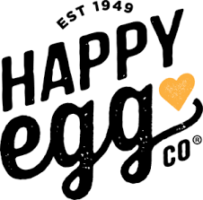|
|
| Ownership Structure | 70 |
| Average Flock Size | 40 |
| Single or Double Henhouses | 100 |
| Other Certifications (bonus points) | 40 |
| Organic Certifier | 75 |
| Commitment to Organics | 50 |
| Indoor Space per Bird | 50 |
| Indoor Enrichments | 90 |
| Litter Management | 80 |
| Natural Light | 100 |
| Outdoor Space per Bird | 30 |
| Popholes/Exit to the Outdoors | 90 |
| Outdoor Enrichments | 60 |
| Outdoor Space Exemptions | 90 |
| Outdoor Management System | 60 |
| Manure Handling System | 80 |
| Forced Molting | 100 |
| Beak Trimming | 50 |
| Laying Hen Lifespan | 50 |
| Use of Spent Hens | 70 |
| Death Loss Rate | 80 |
| Pullets | 80 |
| Pullet Access to Outdoors | 40 |
| Feed Produced on Farm | 50 |
| US Grown Feed | 50 |
| Soy in Feed | Yes |
| Synthetic Amino Acids | 70 |
| Disclosure Rate | 0 |


